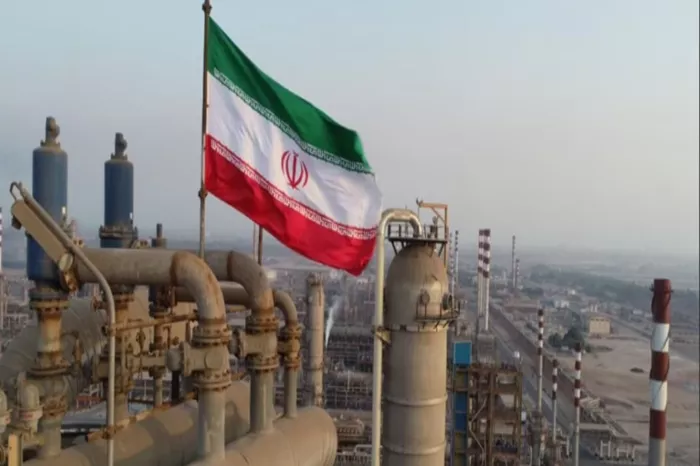Iran’s crude oil exports have significantly decreased in October as the country prepares for potential retaliation following its missile attack on Israel on October 1. Discussions around possible Israeli strikes on Iranian oil facilities have contributed to this decline, with exports dropping to approximately 600,000 barrels per day in the first ten days of the month—about one-third of the volumes seen in recent months.
In a typical October, 5 to 8 tankers would load during this period; however, only 3 to 4 vessels have been loaded so far this month, according to Armen Azizian, an oil risk analyst at Vortexa. To mitigate risks, Iran has relocated several empty tankers from Kharg Island, as indicated by satellite images and data from tanker tracking company TankerTrackers, which has further hampered export activities.
“The first 10 days have been very slow compared to what we usually see,” Azizian remarked. “Typically, during this timeframe, we expect an average of 5 to 8 tankers to load—a mix of VLCCs and Suezmaxes. But so far, we have only observed 3 to 4 loading.”
While Iran experienced robust export levels in recent months, peaking at 1.83 million barrels per day in September, the figures for October are projected to fall significantly short. Even if loading operations return to normal, analysts believe Iran is unlikely to surpass 1.35 million barrels per day by the end of the month.
This sharp decrease underscores the vulnerability of Iran’s oil exports amidst escalating geopolitical tensions. Most analysts concur that OPEC producers with spare capacity, particularly the UAE and Saudi Arabia, are well-positioned to compensate for any supply deficits arising from disruptions in Iranian exports.
In response to the challenging situation, Iran has approached China—one of its few remaining crude oil buyers post-sanctions—with offers to sell its crude at a narrower discount to Brent prices, raising the cost by as much as $1 per barrel.
Related topic:
Does Power Service Diesel Kleen Work?

